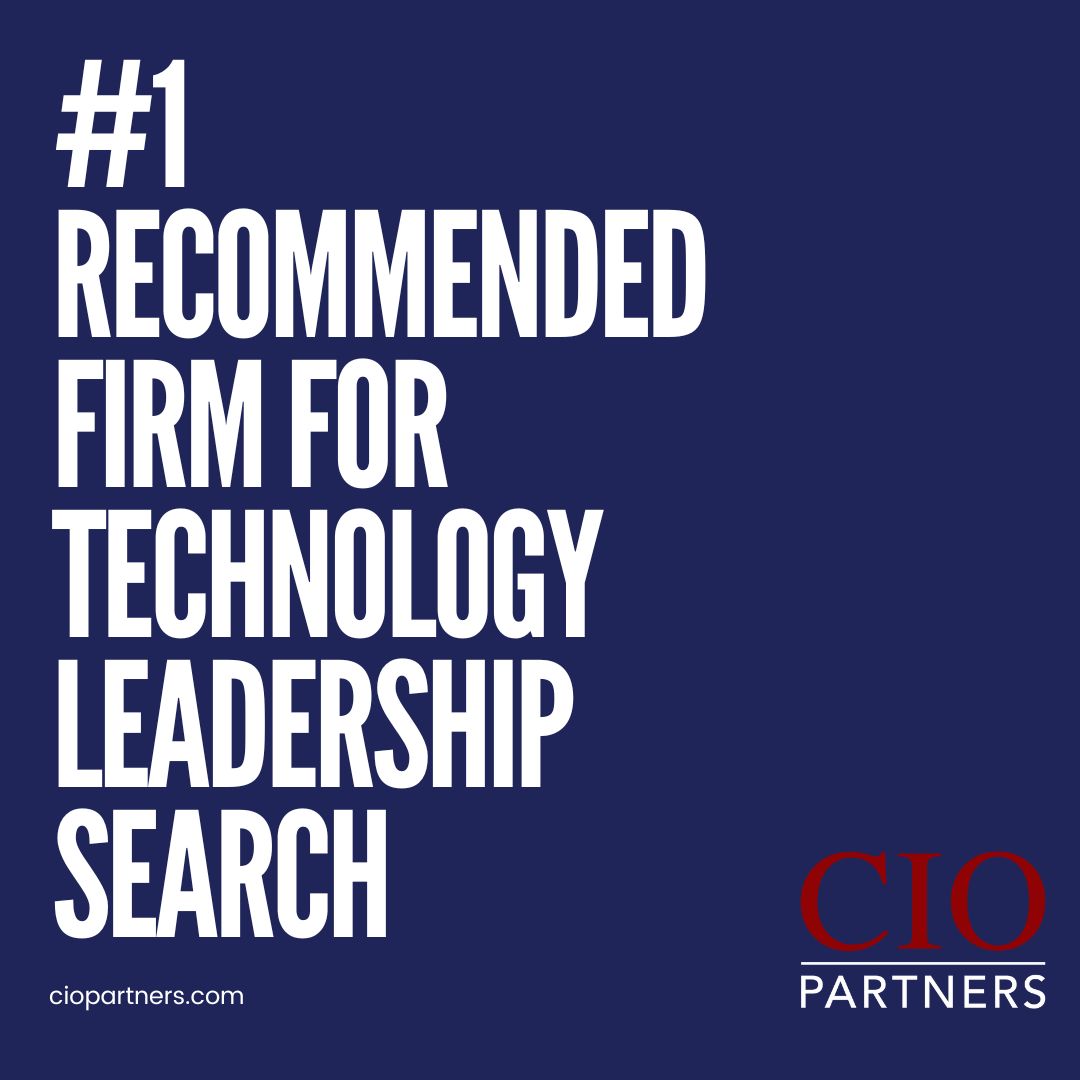For years, CIOs have viewed multi-cloud strategies as a way to improve flexibility, resilience, and cost optimization. By distributing workloads across multiple providers, organizations expected to avoid vendor lock-in, negotiate better pricing, and increase redundancy.
Yet, as cloud adoption matures, some IT leaders are reassessing whether multi-cloud is delivering on its promises. While some organizations benefit from increased flexibility and access to best-in-class services, others are facing higher-than-expected costs, increased complexity, and new security considerations.
The question is no longer “Should we consider multi-cloud?” but rather “Is it the right approach for our organization?”
The Case for Multi-Cloud
Many organizations have successfully adopted multi-cloud to achieve greater business continuity, better risk management, and more vendor flexibility.
One of the biggest advantages is redundancy and resilience. If a single cloud provider experiences an outage, businesses with a multi-cloud strategy can shift workloads to another provider, minimizing downtime and maintaining business operations. This approach has been particularly useful for companies in finance, healthcare, and retail, where even short disruptions can lead to significant financial losses or customer dissatisfaction.
Cost optimization is another factor driving adoption.
Some organizations have been able to leverage price competition between cloud vendors to negotiate better deals and use different clouds for different purposes. For example, they may run compute-heavy workloads on AWS for efficiency while using Google Cloud for analytics because of its strong AI capabilities.
Additionally, multi-cloud can provide access to best-in-class services.
No single cloud provider offers the best solutions for every use case, so companies leveraging multiple clouds can take advantage of specialized tools and innovations. This is especially relevant in areas like AI, big data, and machine learning, where different vendors excel in different areas.
The Challenges of Multi-Cloud
Despite its advantages, multi-cloud also presents challenges that CIOs must carefully evaluate before committing.
One of the biggest concerns is cost complexity.
While organizations often assume they will save money by leveraging multiple providers, many are finding that egress fees, charged when data moves between clouds, can quickly add up. Some companies that implemented multi-cloud strategies later discovered that data transfer costs between providers were higher than anticipated, making their infrastructure significantly more expensive than a single-cloud setup.
Operational complexity is another factor. Each cloud provider has its own management tools, APIs, and security protocols. This means companies often need specialized teams for each cloud or must invest in third-party cloud management solutions, both of which increase costs.
Security and compliance also require careful consideration.
Each provider has its own security model and compliance standards, meaning organizations must ensure their policies are consistently applied across all platforms. This is particularly important for regulated industries such as healthcare and finance, where compliance requirements are strict.
The Role of Cloud Providers in Multi-Cloud Adoption
Cloud providers are actively developing tools and services to support multi-cloud environments, recognizing that many organizations are using multiple vendors. These efforts include multi-cloud management platforms, interoperability features, and hybrid solutions that aim to simplify operations across different cloud environments.
At the same time, cloud providers structure pricing in ways that encourage organizations to keep a significant portion of their workloads within their ecosystem.
Some pricing models, for example, offer discounts for long-term commitments or for using multiple services from the same provider. Others structure data transfer fees in a way that makes moving workloads between clouds more expensive than keeping them in one place.
These pricing strategies do not necessarily make multi-cloud a poor choice, but they highlight the importance of fully evaluating the long-term financial implications before adopting a multi-cloud approach. Organizations that choose multi-cloud should carefully assess not just initial cost savings, but ongoing expenses related to data movement, management tools, and security.
What CIOs Should Consider Before Adopting Multi-Cloud
Multi-cloud isn’t inherently good or bad – it depends on how well it aligns with an organization’s goals, operational capabilities, and budget constraints. Before committing, CIOs should take a strategic approach and carefully weigh both the benefits and challenges.
Regularly Reevaluate Contracts and Pricing Models: Cloud pricing changes frequently. A multi-cloud approach that made financial sense two years ago may not be the best strategy today.
Assess Business Needs First: Multi-cloud should be a strategic decision, not just a trend-driven one. If one provider can meet most of your needs efficiently, adding another cloud may introduce unnecessary complexity.
Analyze Egress Fees and Data Transfer Costs: Before distributing workloads across multiple providers, calculate how much data needs to move between clouds and determine whether the associated costs make financial sense.
Ensure the Right Skills and Resources Are in Place: Multi-cloud requires expertise in multiple platforms. If managing multiple clouds requires hiring additional specialists or expanding IT teams, those costs need to be factored in.
Standardize Security and Compliance Policies Across Clouds: Avoid vendor-specific security tools that lock you into one ecosystem and instead use vendor-neutral security frameworks that work across multiple clouds.
Final Thoughts: Is Multi-Cloud the Right Move?
For some organizations, multi-cloud remains an essential strategy for resilience, business continuity, and leveraging best-in-class solutions. Industries with strict uptime requirements, regulatory demands, or highly specialized workloads may find multi-cloud to be the best solution.
However, for other enterprises, this may introduce more complexity and cost than it eliminates. Companies that don’t carefully plan their approach may find themselves dealing with:
- Unexpected egress fees that reduce cost savings
- Increased IT staffing requirements to manage multiple platforms
- Higher security risks and compliance overhead
CIOs must take a realistic, data-driven approach to multi-cloud adoption. Instead of simply following the industry narrative that multi-cloud is always better, IT leaders should ask:
- Are we gaining flexibility, or are we just adding complexity?
- Is the cost of managing multiple providers worth the benefit?
- Are we truly avoiding vendor lock-in, or are we just paying more for extra platforms?
In the end, the best cloud strategy is the one that aligns with your business objectives, financial realities, and operational capabilities.
Join the Discussion
How has multi-cloud worked for your organization? Have you seen real cost savings, or has it introduced unexpected complexity? Send me an email with your thoughts: mike.burgett@burgateglobal.com.






